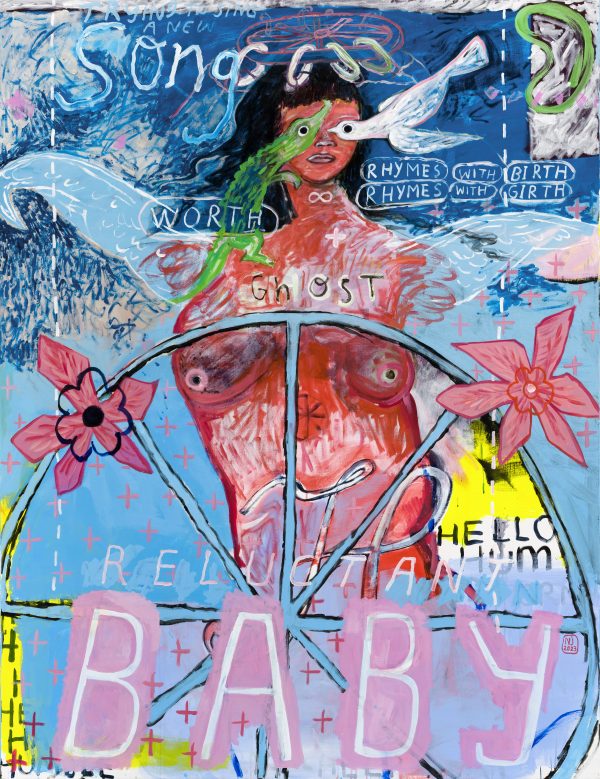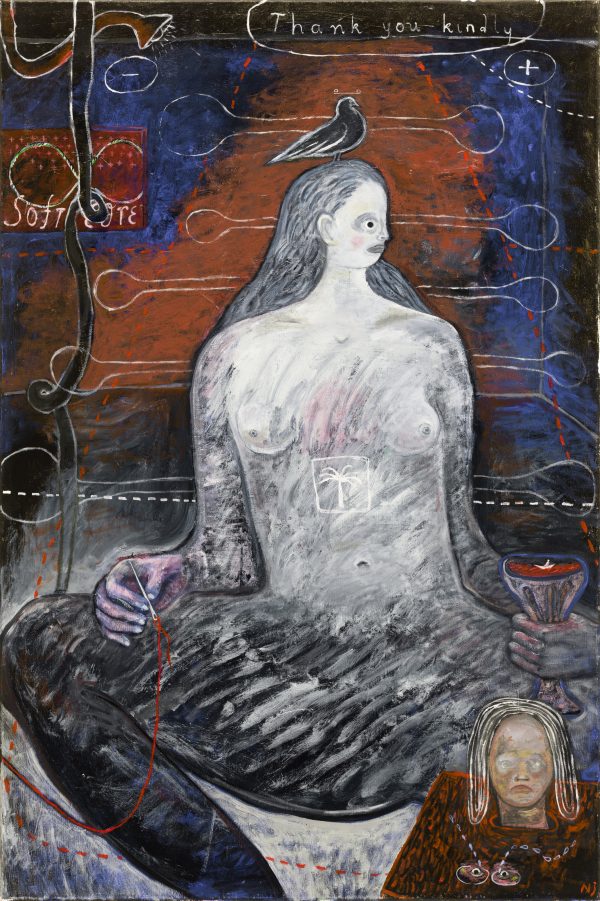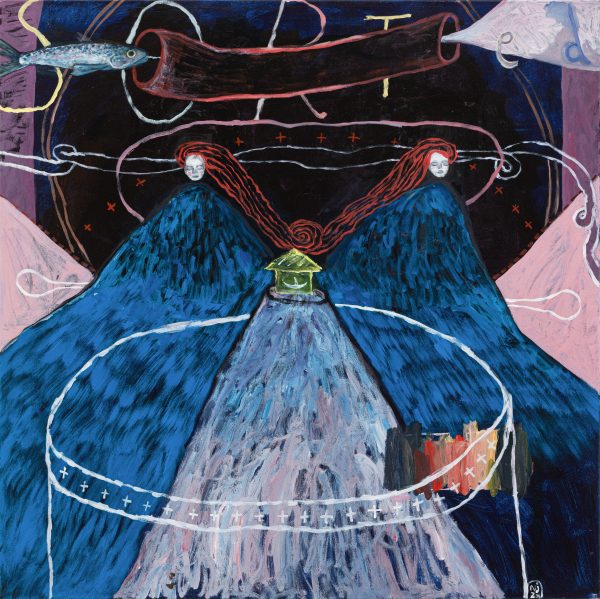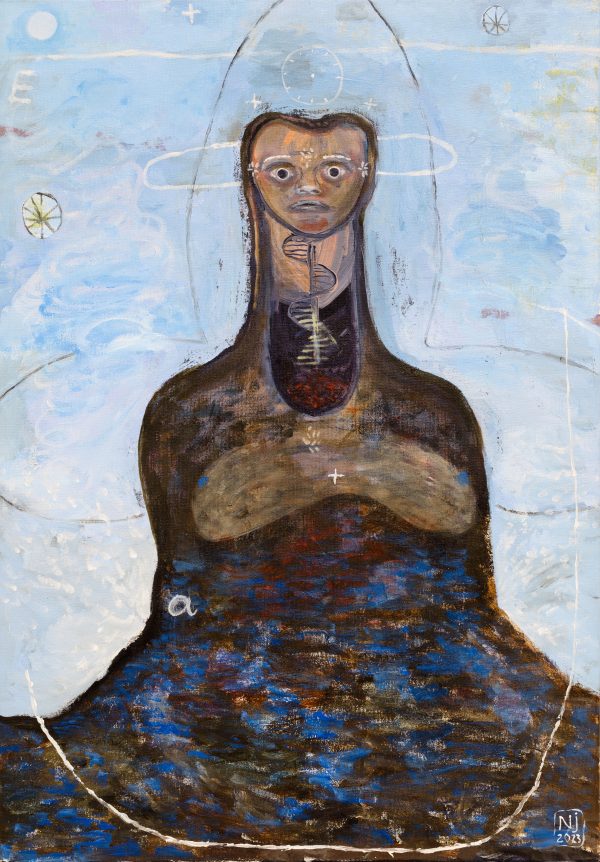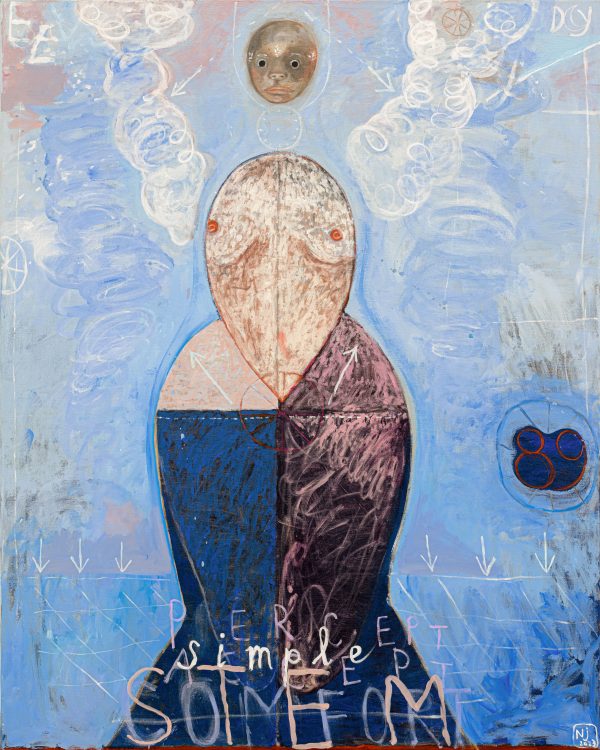The Hive Center for Contemporary Art is pleased to announce “Milk Teeth”, a solo exhibition by Indonesian artist Natisa Jones, focusing on her most recent paintings, to be held on March 8, 2024 at the Hive|Shanghai space. The exhibition is Natisa Jones’ second solo exhibition in China, following her solo exhibition “To Become a Volcano” at Hive|Beijing in 2022. The exhibition is curated by Yu Fei, curator of the Hive Center for Contemporary Art, and will run until April 16th, 2024.
Human milk teeth have a life neither too long nor too short. On average, they first erupt six months after birth, and shed at about twelve years of age. The end of childhood and the quiet arrival of puberty is thus subtly marked by milk teeth. Natisa Jones approaches “milk teeth” as a symbol of destined losses and farewell at different stages throughout life, projecting complex and inexplicable emotions: the grief of lost innocence and the joy of entering into a new stage of life; the relief of parting with a gloomy past and the anxiety of confronting the uncertainty of growth. These gains and losses, love and pain, unable to be measured by scales, are the subjects from which she has never departed in her paintings. In the last year, Natisa has been working between her studio in Amsterdam and her childhood home in Bali. In this jostling process, followed by reminiscent thoughts and introspective awareness, a continuous flow of her psychological portraits is revealed in succession.
The concept of ‘transitional phenomena’ was proposed by English psychoanalyst Donald Winnicott in his research on infants’ understanding of the world and establishing boundaries of the self. Through ‘transitional objects’ – a familiar toy or any other object “possessed” by the infant to relieve anxiety – the infant enters the ‘transitional space’, an experiential dimension between the inner and the outer reality. Creativity is thus developed in this mysterious world where fantasy and reality intertwine and coincide. Interestingly, this phenomenon does not stop at early childhood but continues to be associated with humans throughout the span of their lives. In a sense, painting is, for Natisa, a transitional space that exclusively belongs to her, a place where she is able to manipulate imageries with which she is directly and emotionally related in order to form a real connection with all beings in the world, including herself.
Natisa has never sought after delicacy, smoothness, and completeness in her works. On the contrary, they often appear unpolished, raw, and childlike, brimming with an overwhelming sense of emotional intensity, which is released through the marvellous connection and composition of manifold visual elements. The recurring and ever-changing imageries and symbols collectively sculpt Natisa’s form of life in painting, simultaneously experiencing growth and metabolism with her. The composition of the elements in each painting is not rationally organised and structured, yet always assumes its existence in the subconscious action of painting. Starting from the chaotic abstract brushstrokes, spreading out large areas of colour blocks, and bating with the most realistic physical perception of the moment, the artist patiently waits for the figure to be captured. Like a magnet, the establishment of the protagonist further evokes the presence of more diverse symbols until this middle ground between “me” and “not-me” constructed by painting is sufficiently ample to be self-consistent。
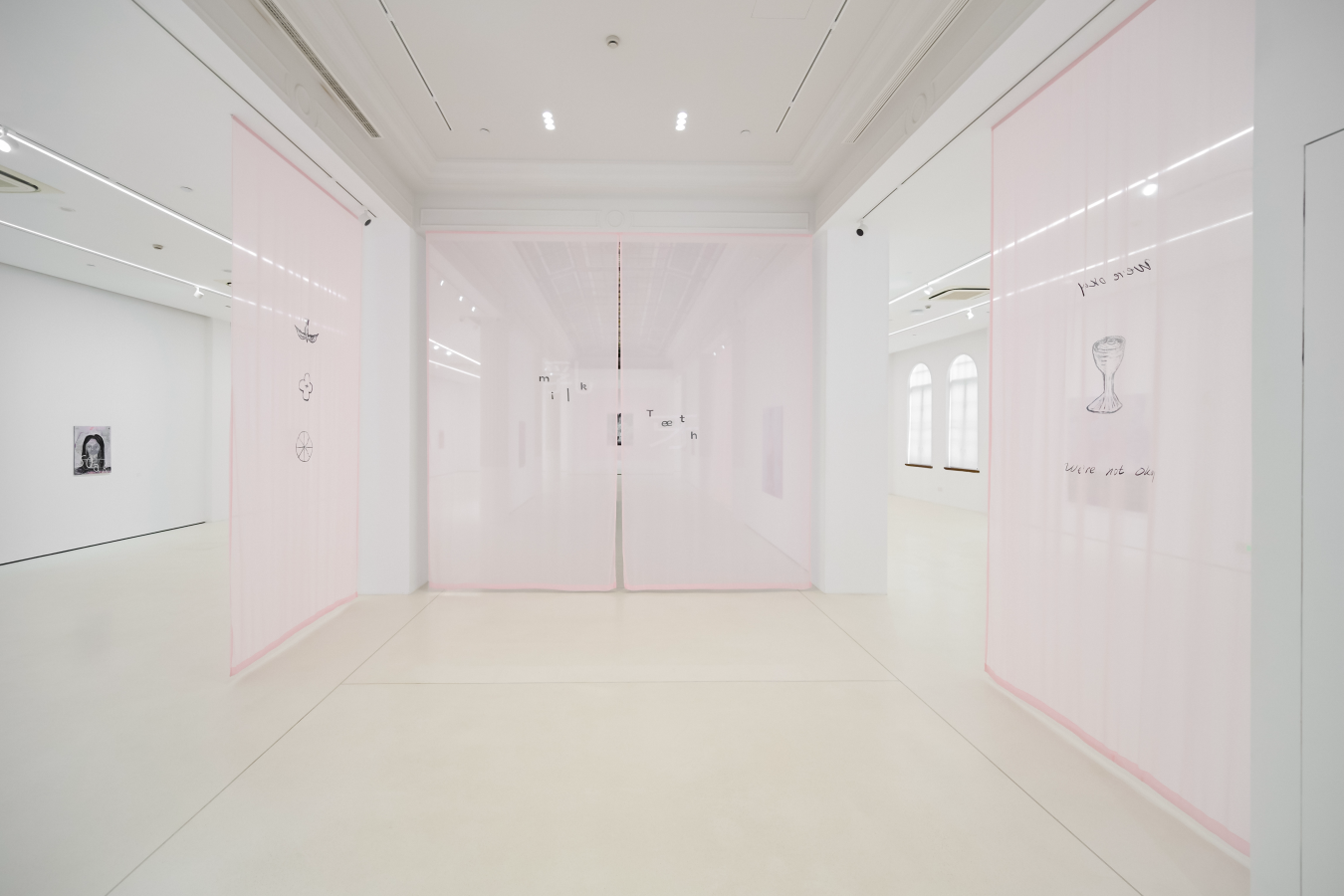
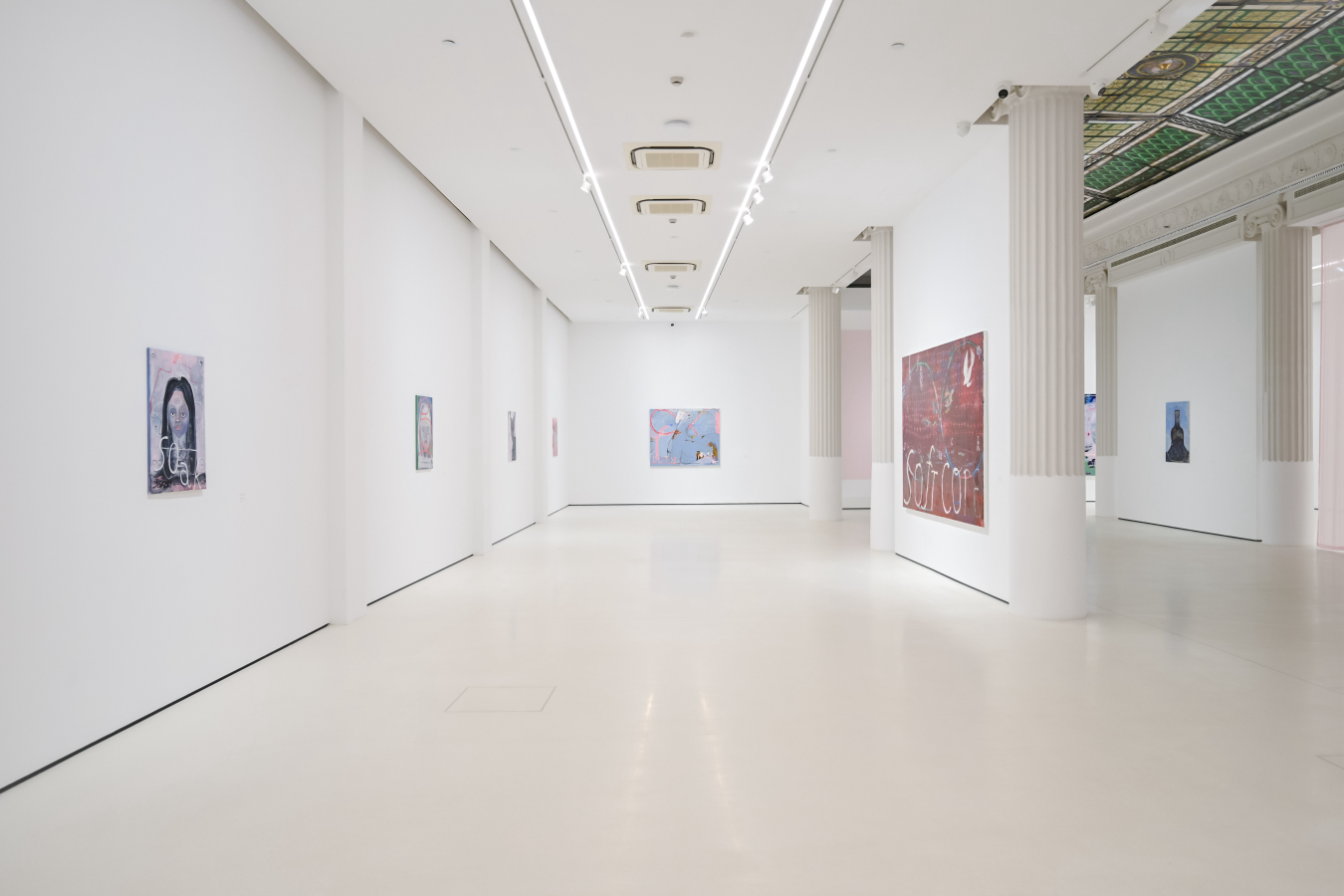

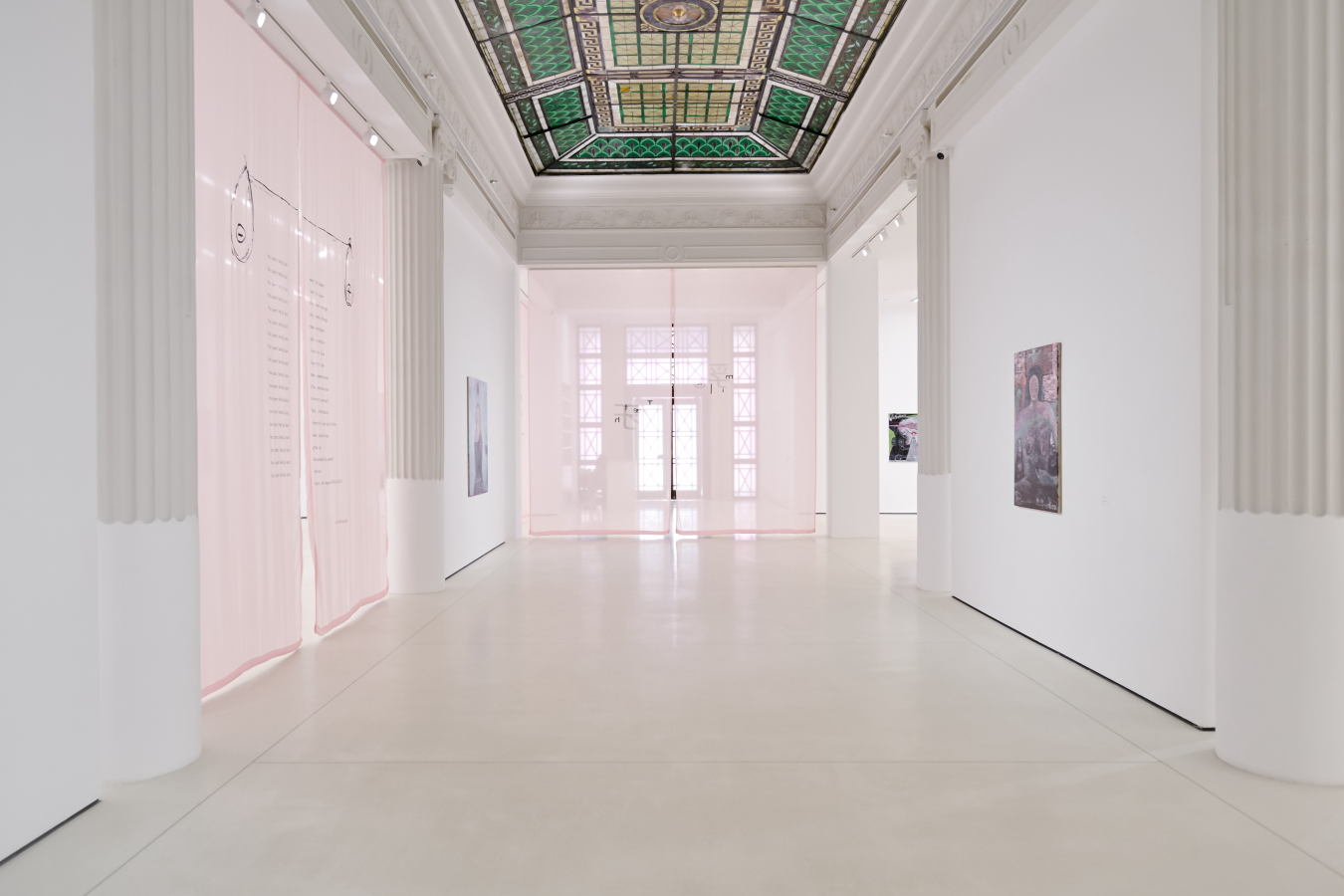
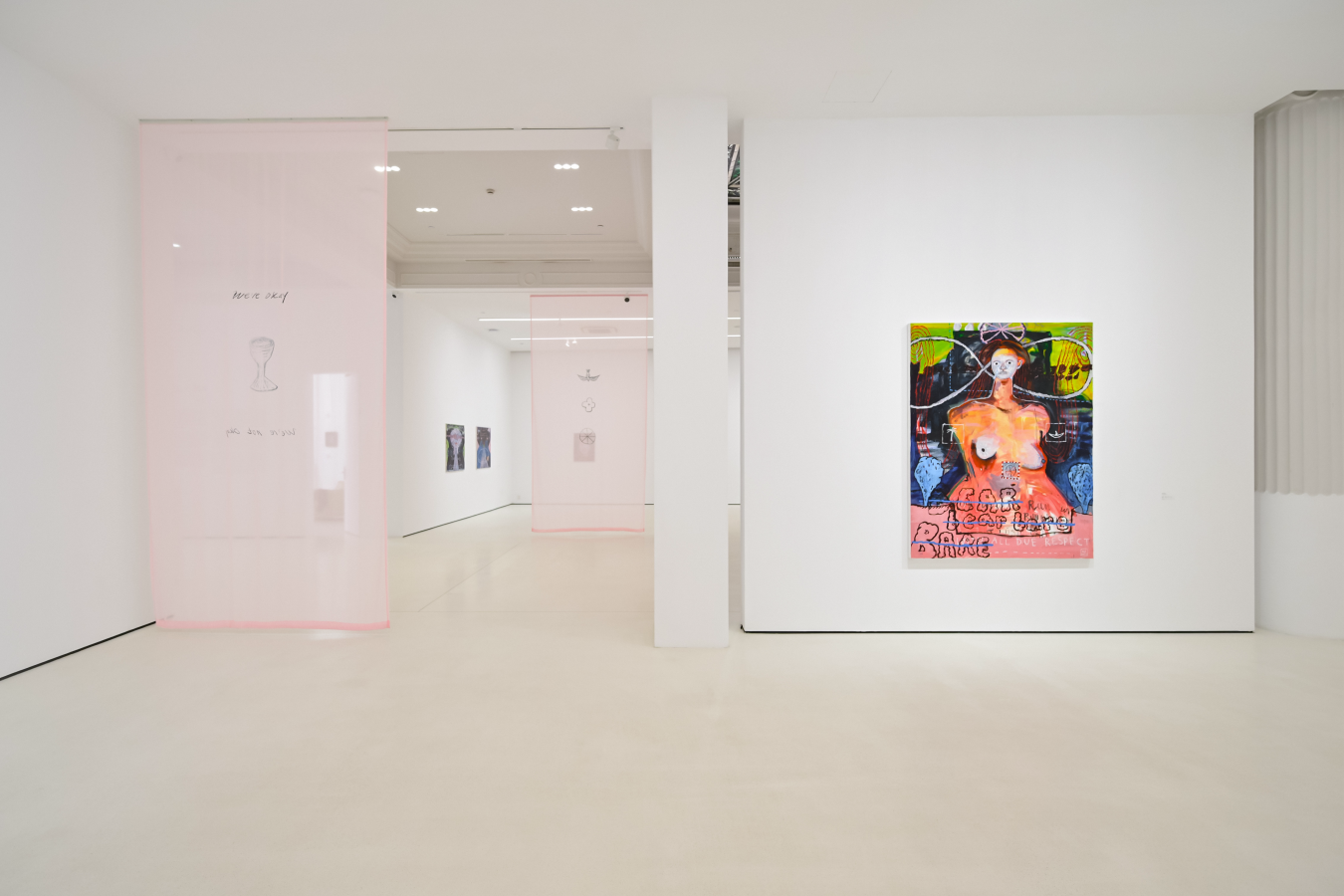
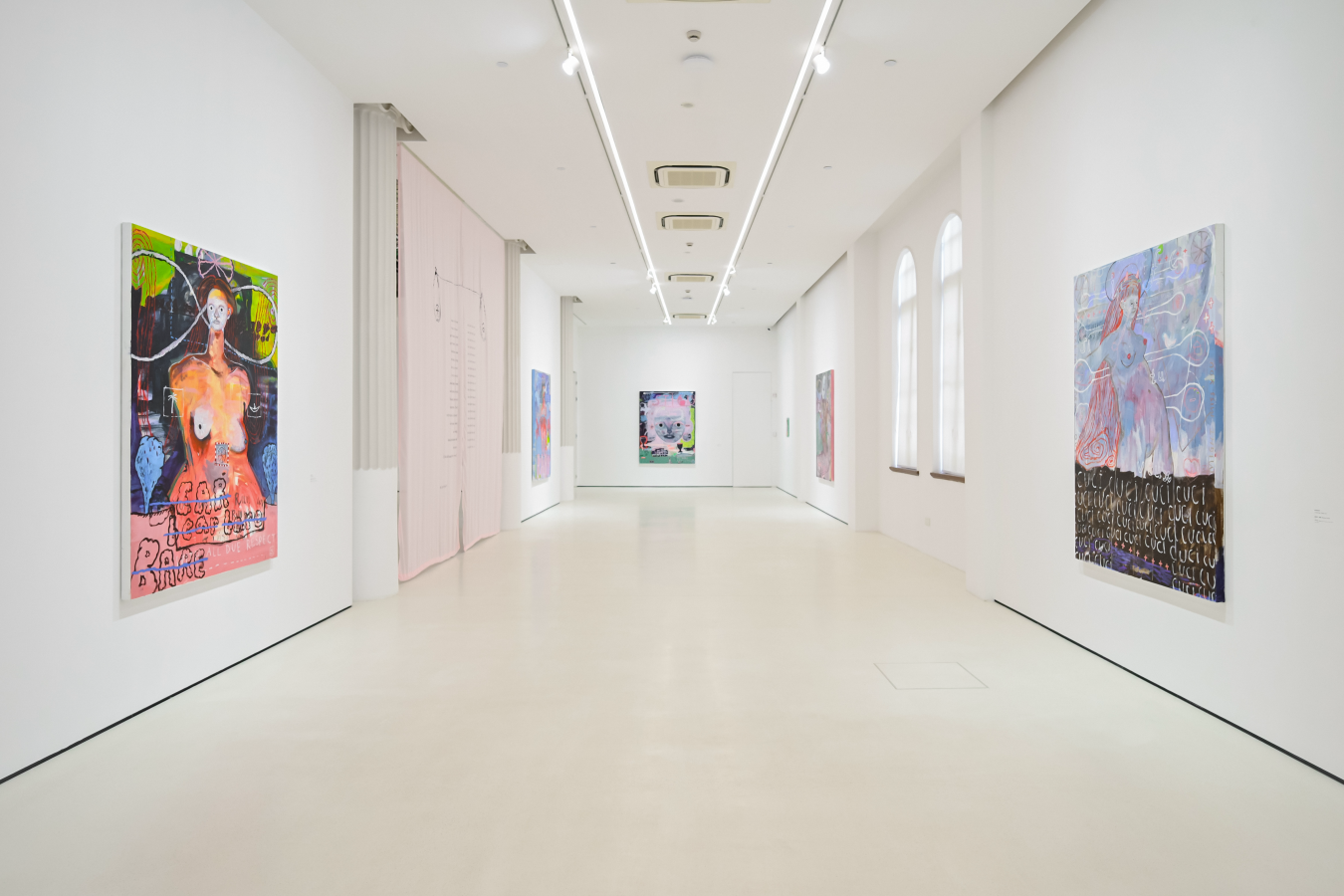
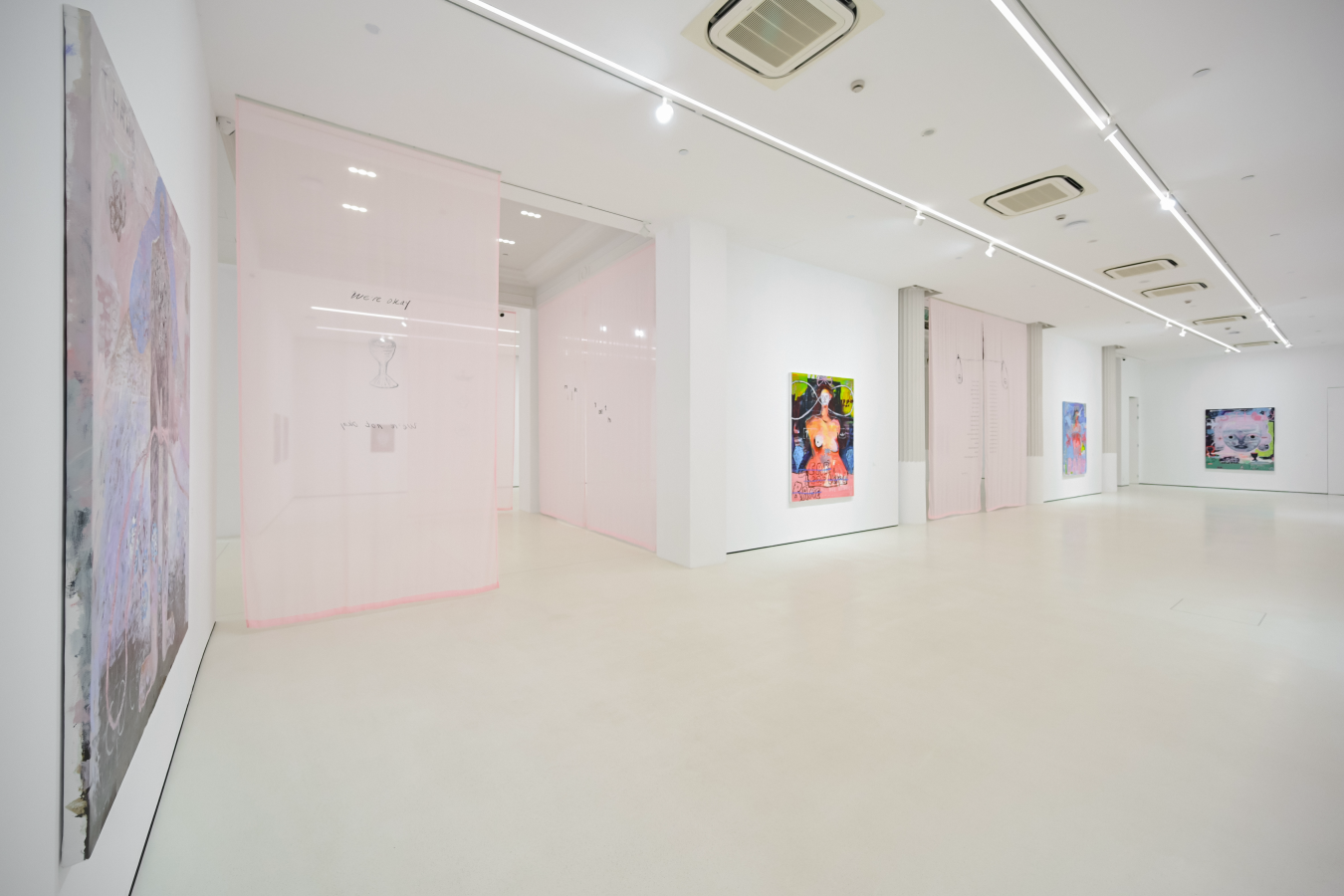
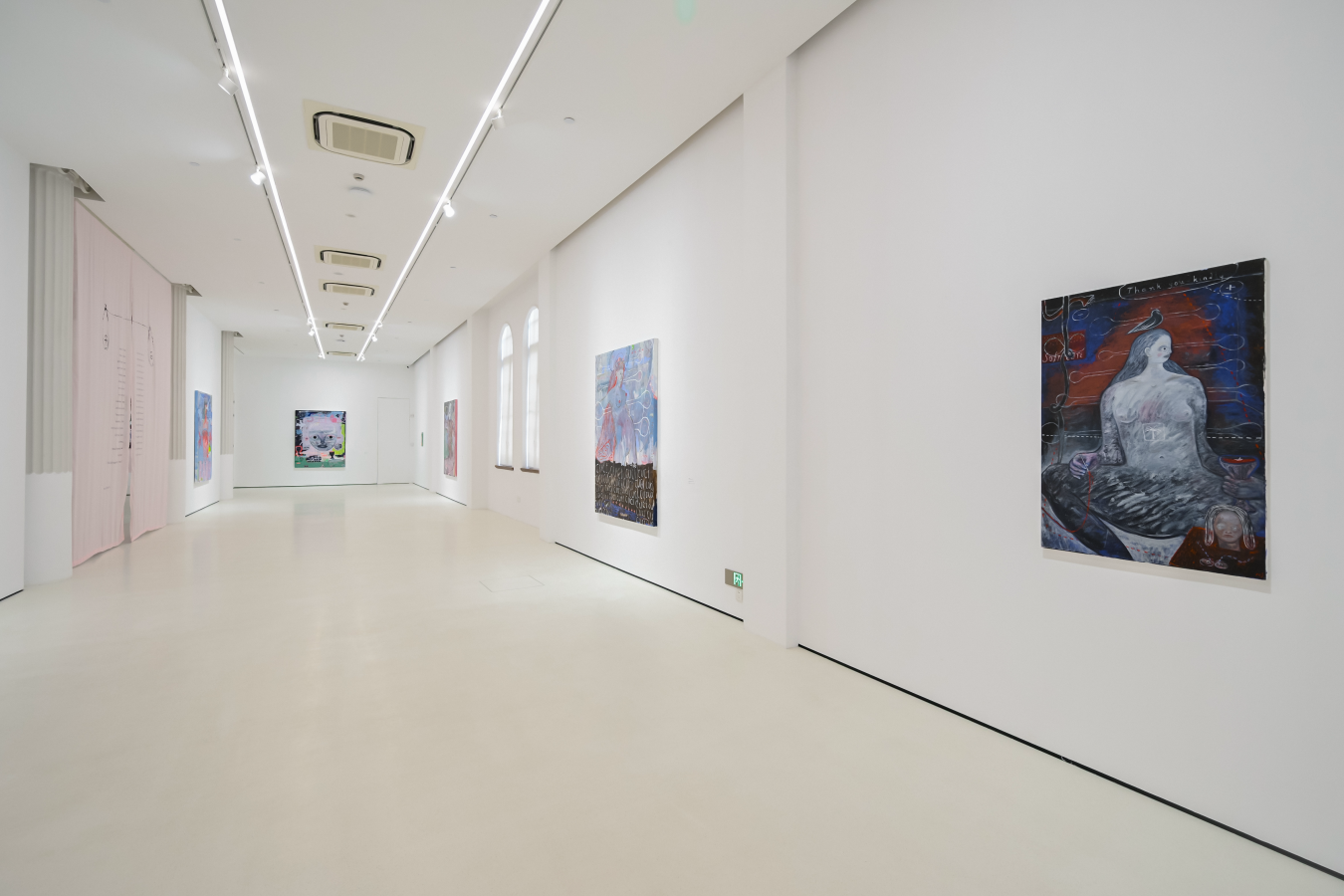
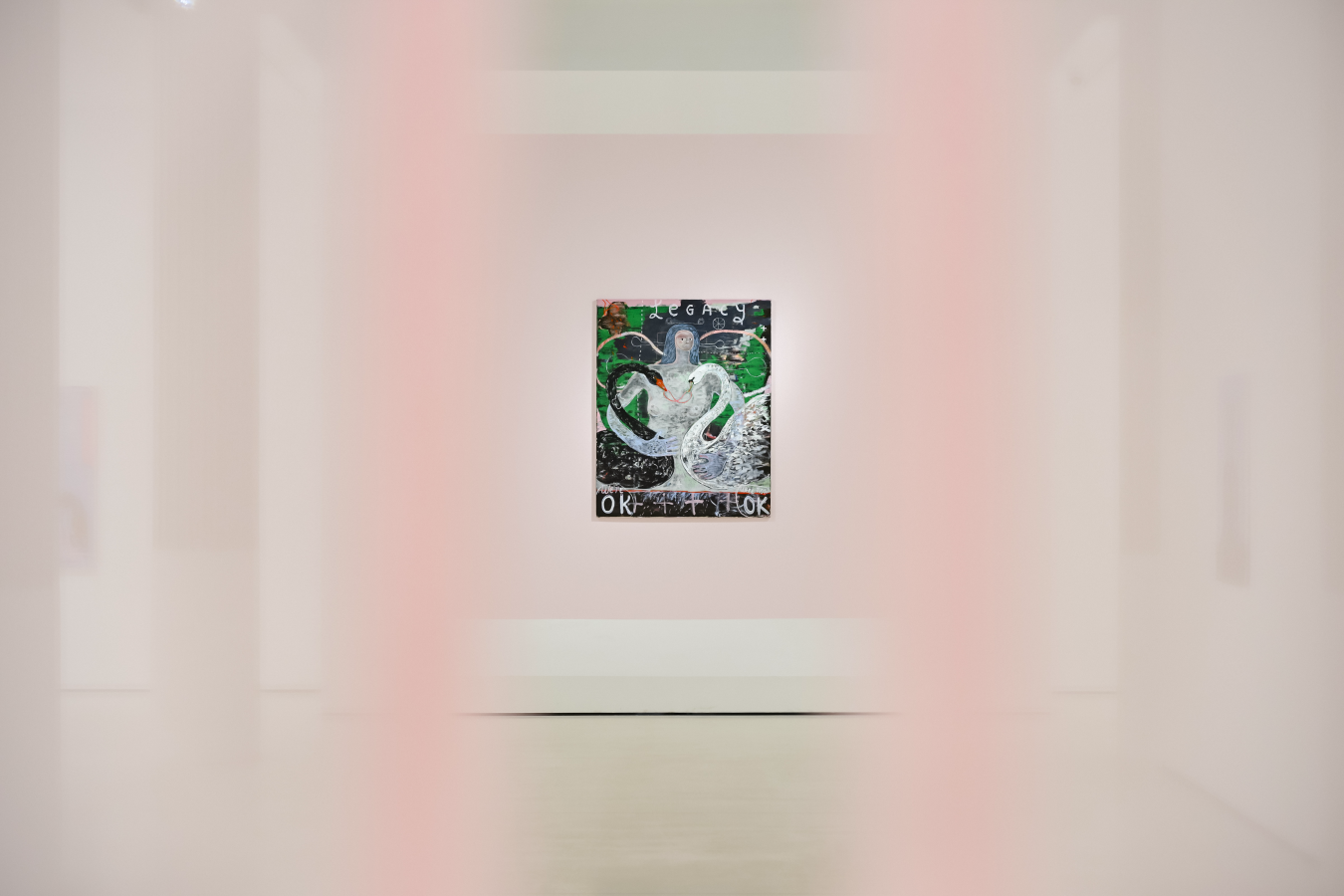
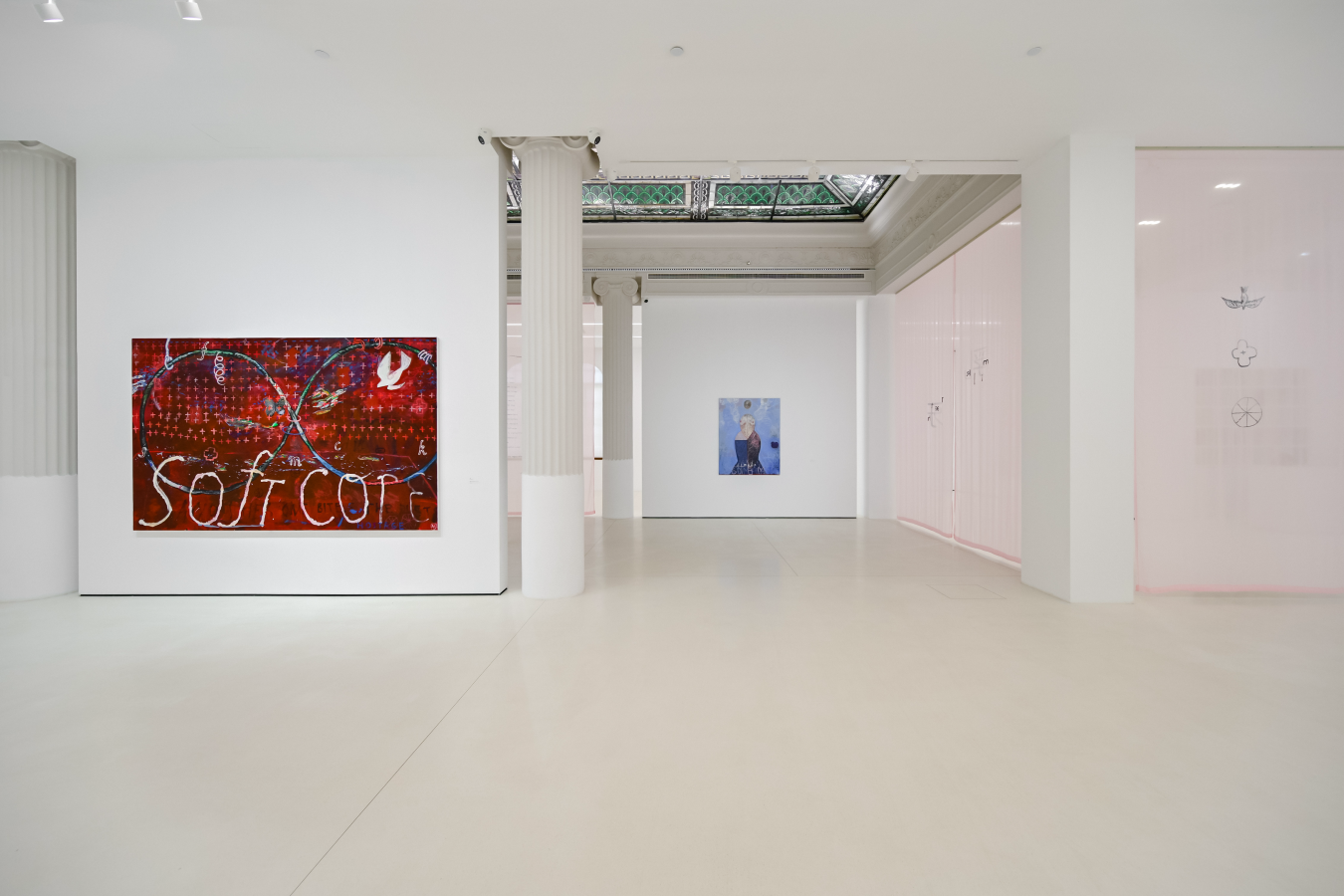




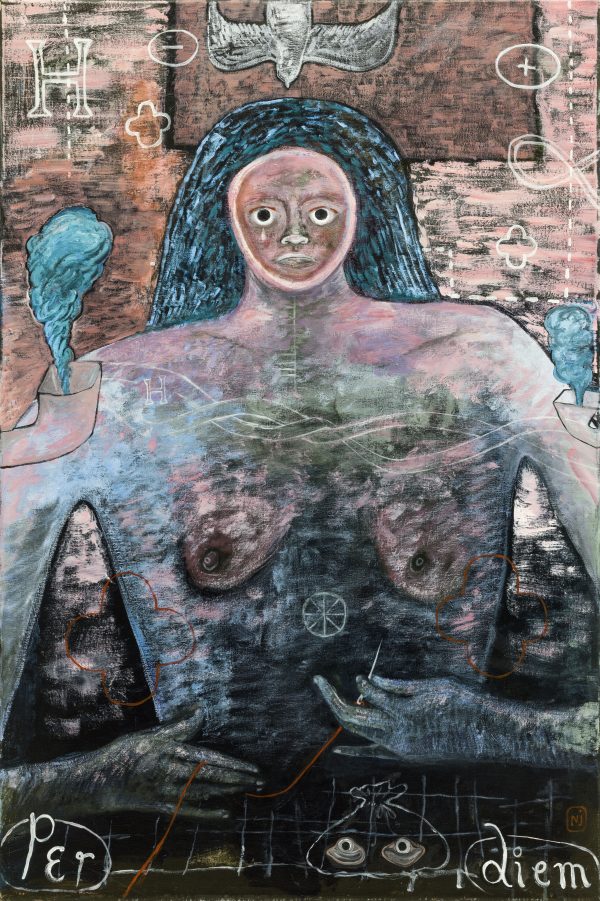
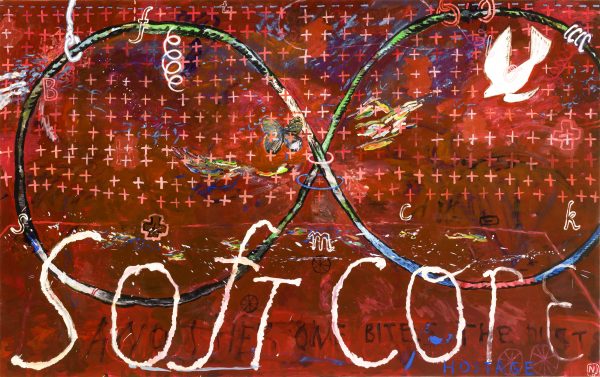

-2023-棉布面丙烯、石膏底-80×60cm-600x798.jpg)
-2023-棉布面丙烯、石膏底-80×60cm-600x796.jpg)
-2023-棉布面丙烯、石膏底-80×60cm-600x800.jpg)
-2023-棉布面丙烯、石膏底-80×60cm-600x797.jpg)
-2023-棉布面丙烯、石膏底-80×60cm-600x794.jpg)
